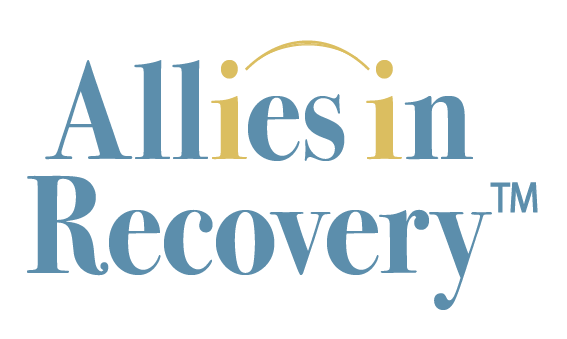Ready to get started?
Allies in Recovery memberships include:
Self-guided eLearning videos & worksheets w/ CRAFT and more
Weekly LIVE groups on Zoom w/ training, skills, & support
Weekly podcasts featuring real-world application of CRAFT
Weekly Q&A blog posts answering member questions
Substance use & recovery articles w/ new content added weekly

Allies in Recovery Guarantee
We believe in our approach so much that we’ll refund you in full if you don’t find what you need. Just let us know within 30 days of joining. No questions asked.
Common Questions
